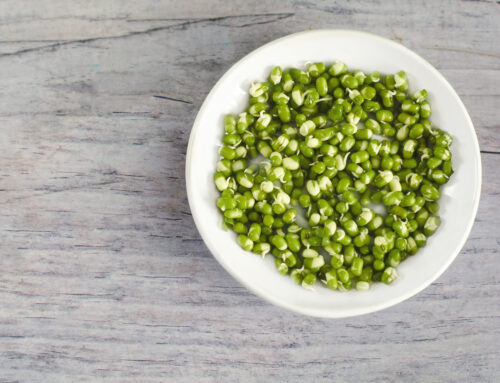By Brenda Davis RD, co-author of the award winning Becoming Vegan: Express Edition (Book Publishing Company), and Becoming Vegan: Comprehensive Edition (Book Publishing Company)

In this hectic world of multi-tasking, convenience foods have an undeniable attraction. While popping a veggie pie in the microwave is no doubt faster than preparing dinner from scratch, you have to consider the cost of cutting corners with the raw materials used to replace your brain cells (and the rest of your body!). Processed, packaged foods are carefully designed to tantalize your taste buds, and keep you coming back for more. This task is cleverly accomplished with salt, sugar and fat, all of which have a nasty way of coming back to bite you in the butt.

What does this all mean when it comes to our food choices? Can you afford to eat any of the tempting treats sitting on natural food store shelves? While you don’t have to completely eschew the tasty convenience foods that are appearing in ever increasing numbers, you best be savvy about where on the health food spectrum these foods really lie. The following guidelines will help you sort the proverbial wheat from the chaff:
- Eat mainly whole plant foods – vegetables, fruits, legumes, whole grains, nuts and seeds. Make these foods the centerpieces of all your meals. Go for at least 9 servings of vegetables and fruits, with at least 2 servings of leafy greens each day.
- If you eat vegan convenience foods, do so in moderation. Frozen entrees, veggie meats, frozen whole grain waffles, packaged mixes, and the like can offer variety and enjoyment, but they should not become dietary staples. These foods tend to be high in salt and sugar, and are sometimes exposed to harsh chemicals in their processing.
- If you eat vegan snack foods and fast foods, do so only on occasion, and in moderation. Foods that fall into this category include vegan hot dogs, ice cream, candy bars and sweet baked goods containing white flour and/or sugar.
- Stick mostly to organic, first generation soy products such as edamame, roasted soybeans, baked soybeans, tofu, tempeh and soy milk. Limit highly processed soy foods.
- Learn to read labels! While the nutrition facts give you a lot of valuable information about salt, sugar, fat and nutrient content, the ingredient list is every bit as important. Ingredients are listed by weight, so whatever appears first is present in the greatest quantity. Take note of the sources of fat, sugar and protein in the product.
- Make sure you take care of the nutrients of concern – particularly vitamin B12, but also vitamin D, calcium, iron, zinc, iodine and essential fatty acids. Ignoring these nutrients can erode most of the advantages enjoyed on a whole foods vegan diet.
For more information and detailed guidelines on constructing a healthful, whole-foods diet, see “Becoming Vegan: Express Edition” By Brenda Davis, R.N. and Vesanto Melina.






